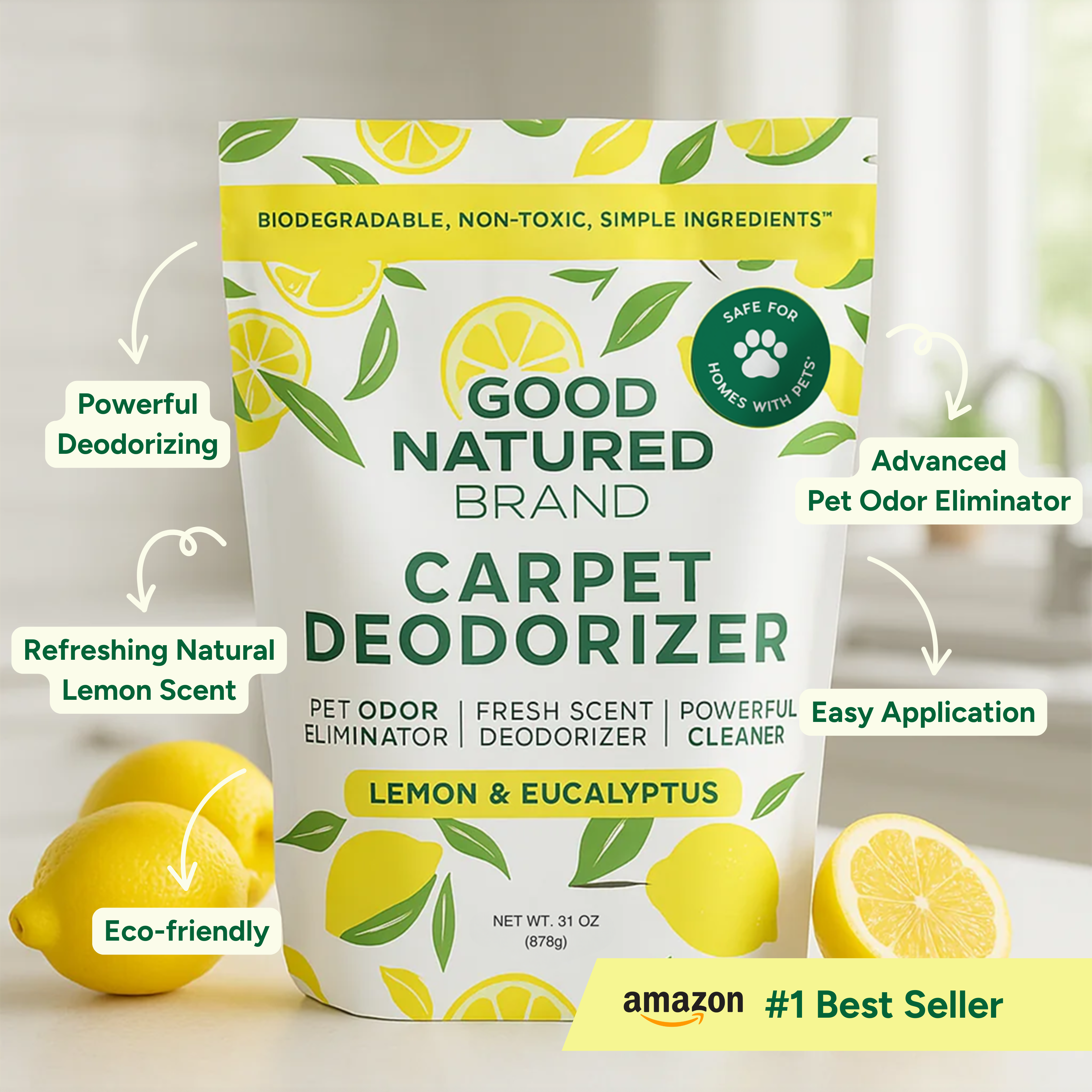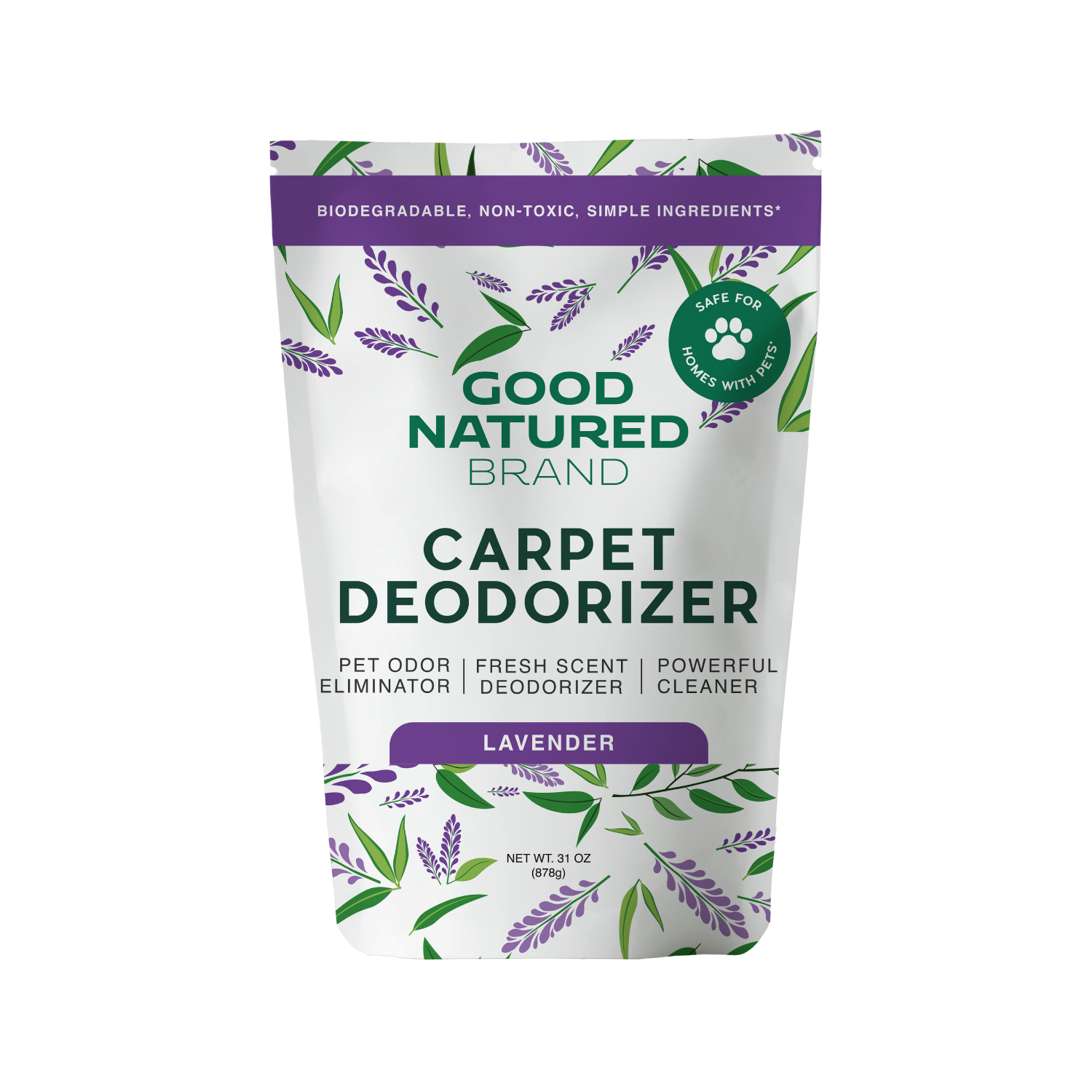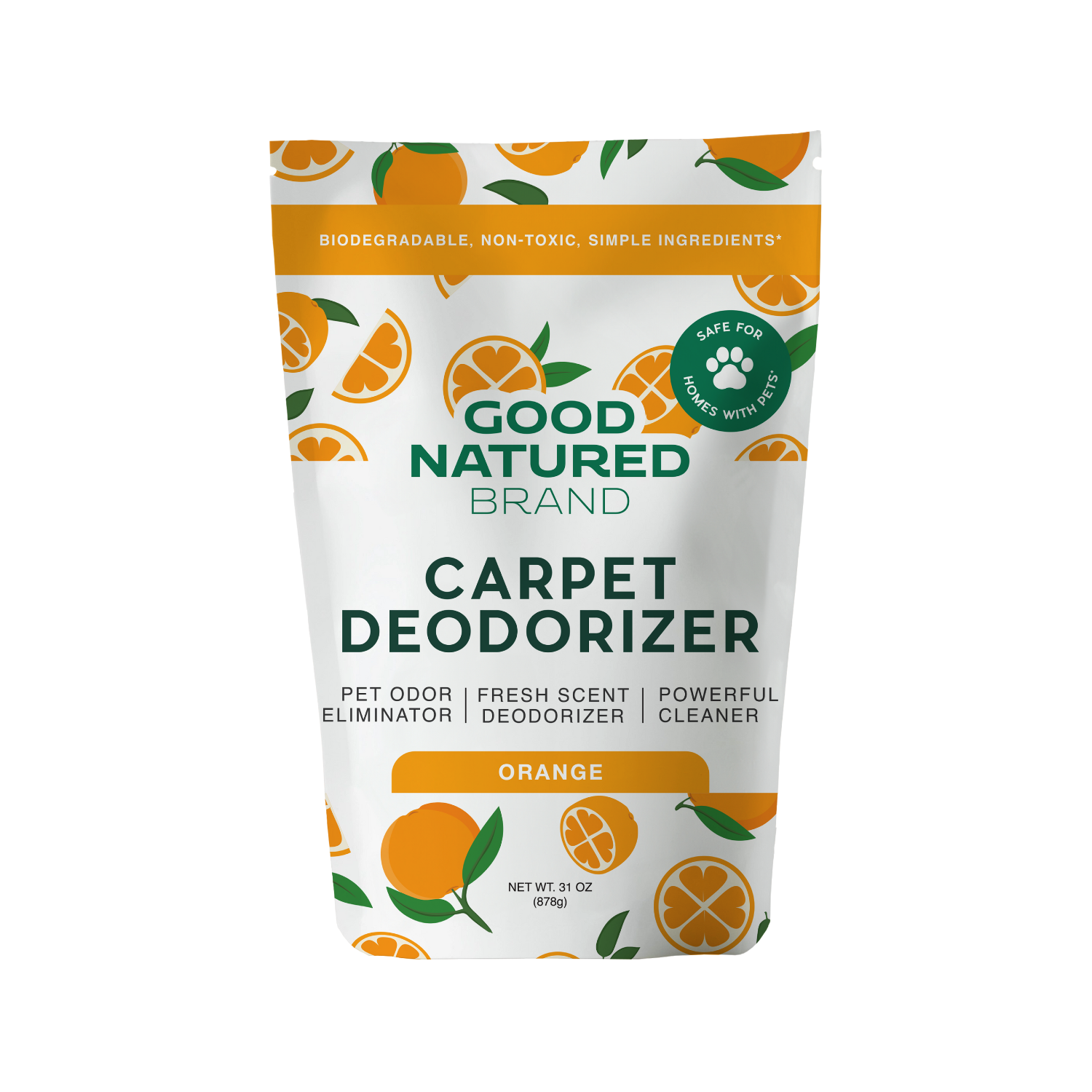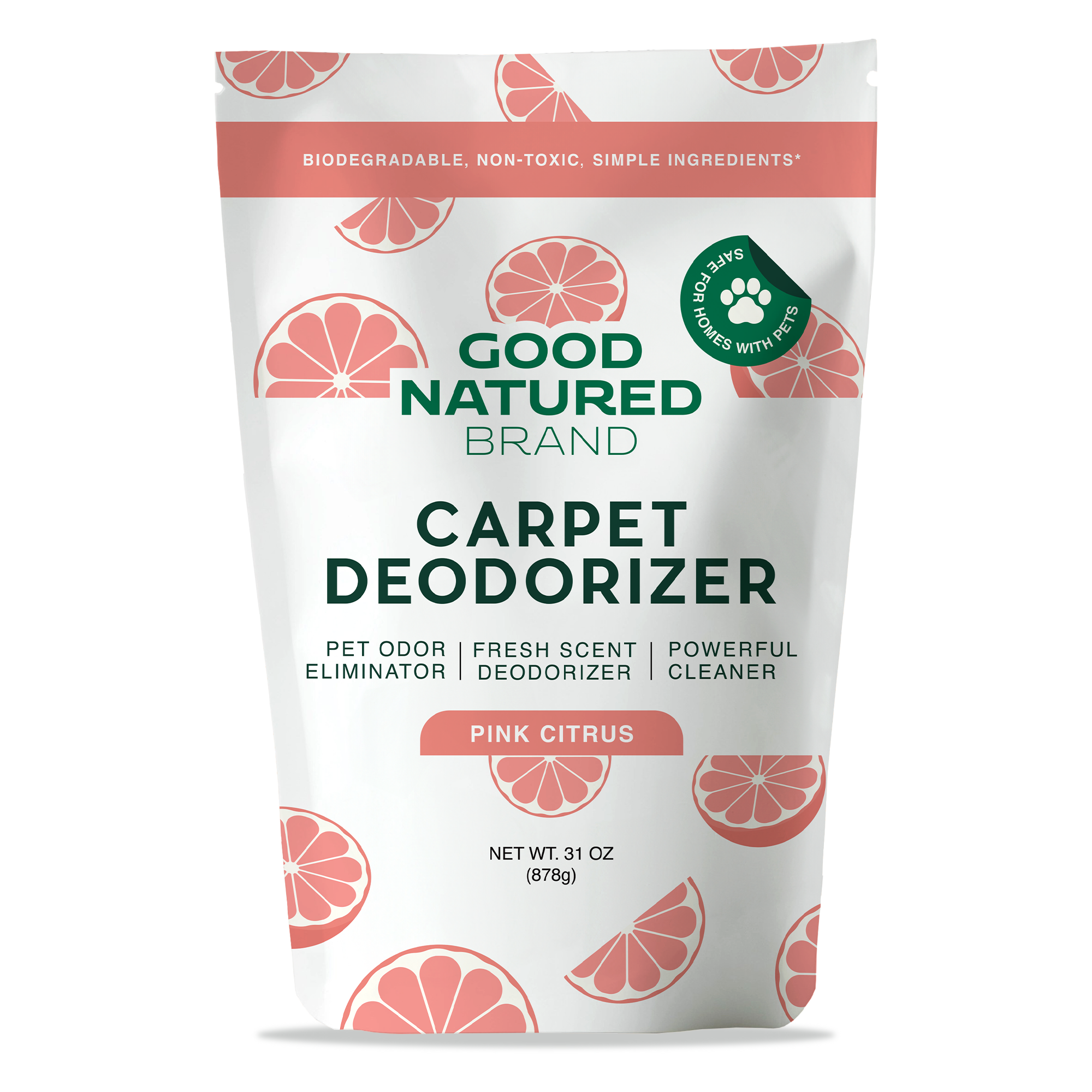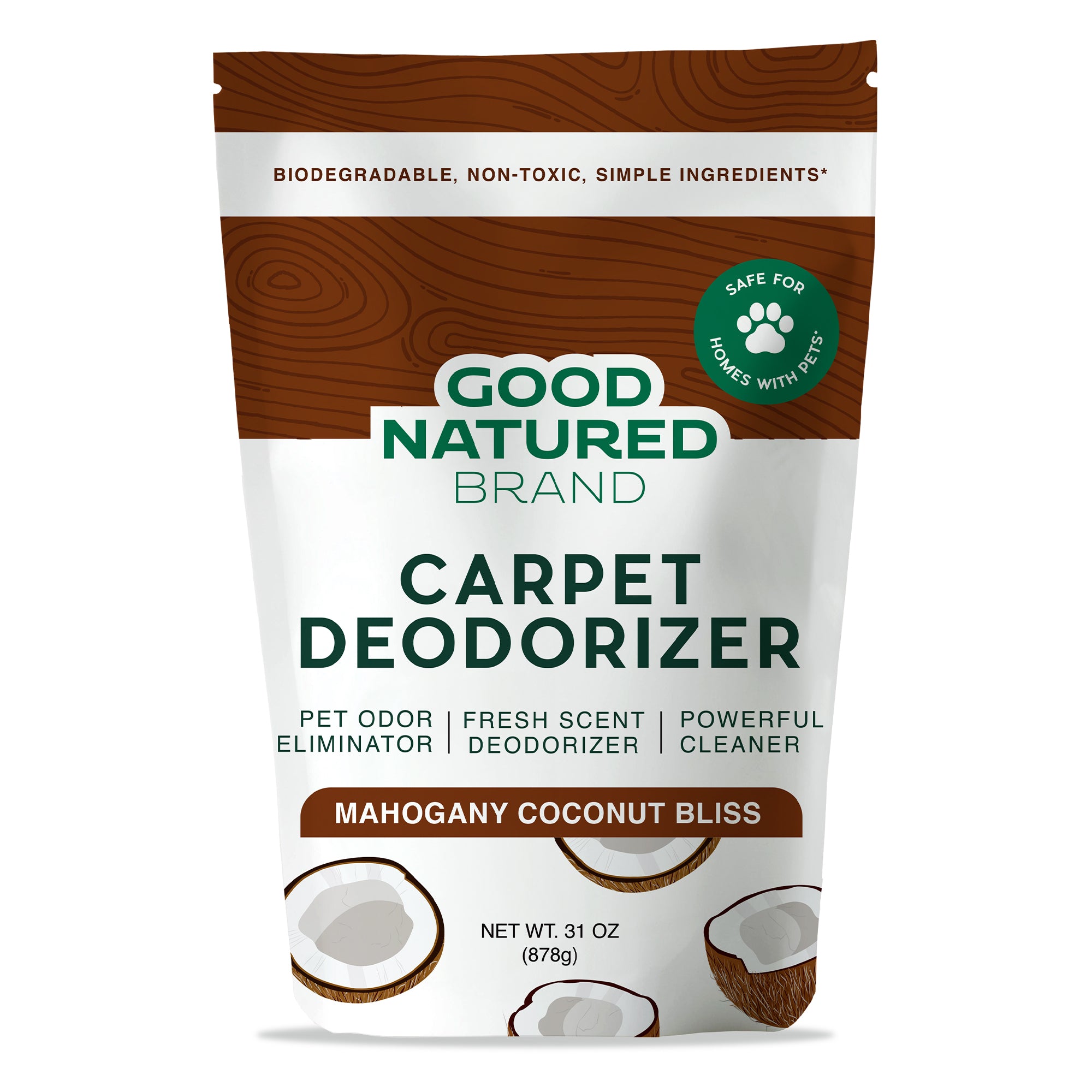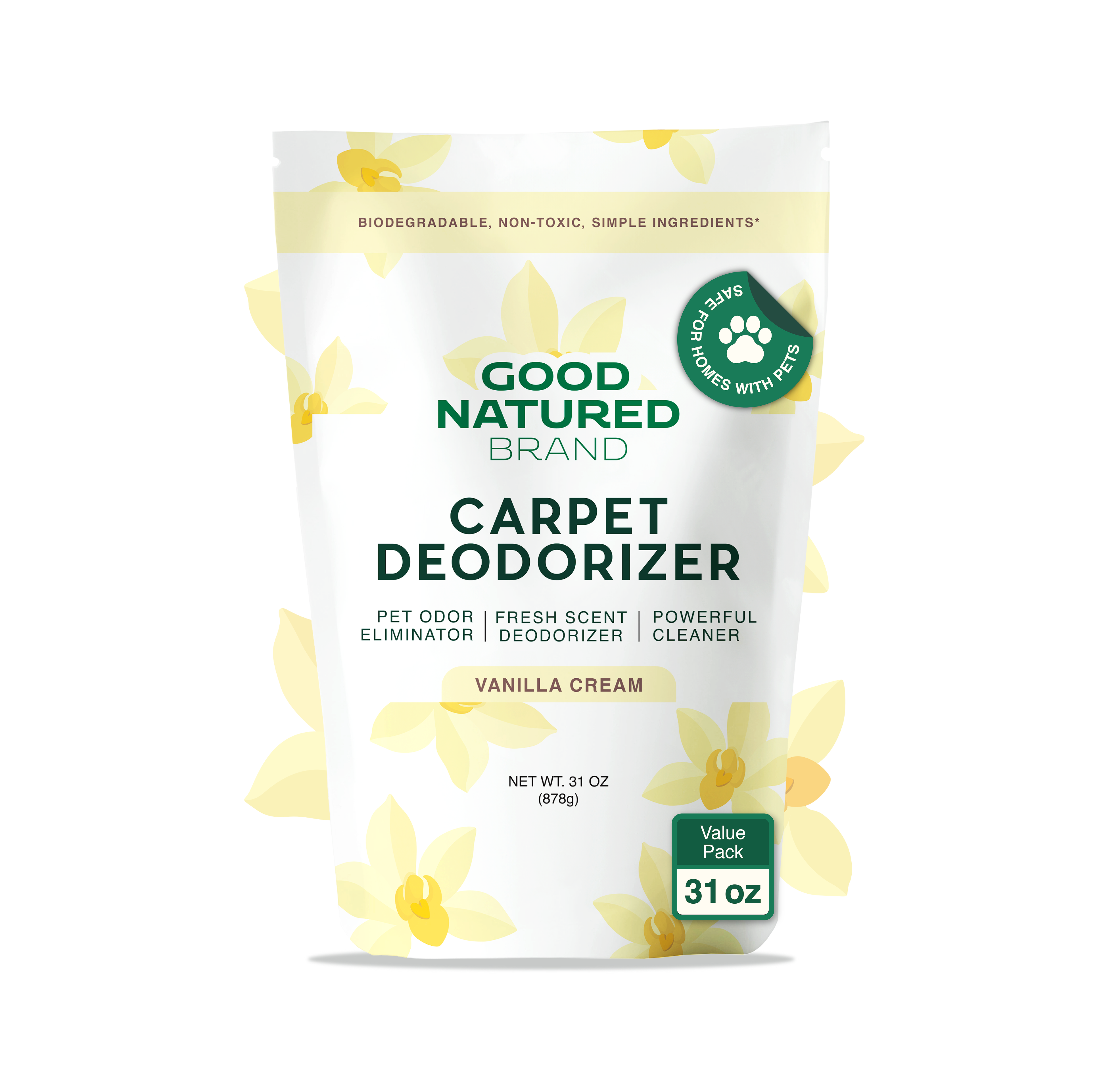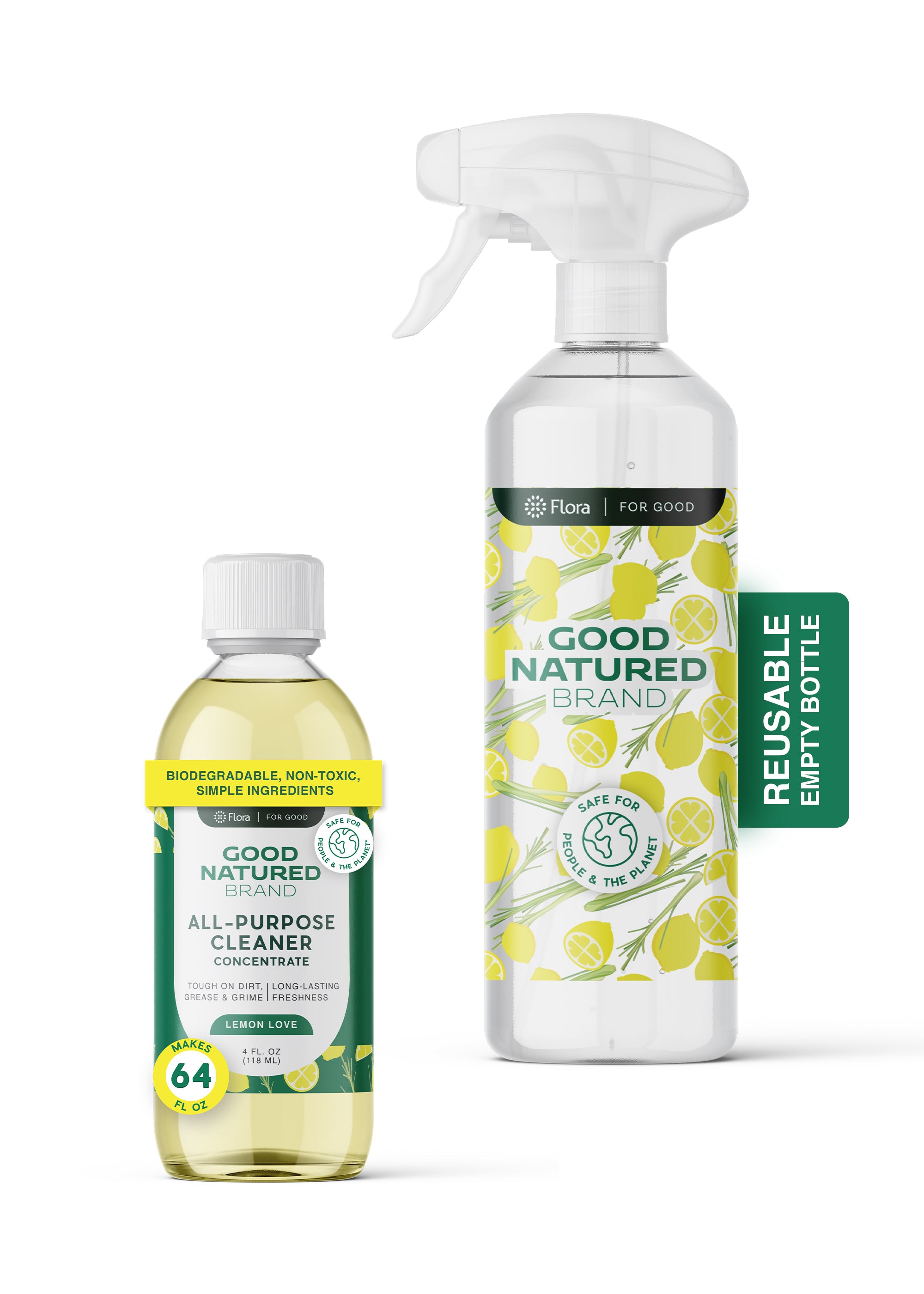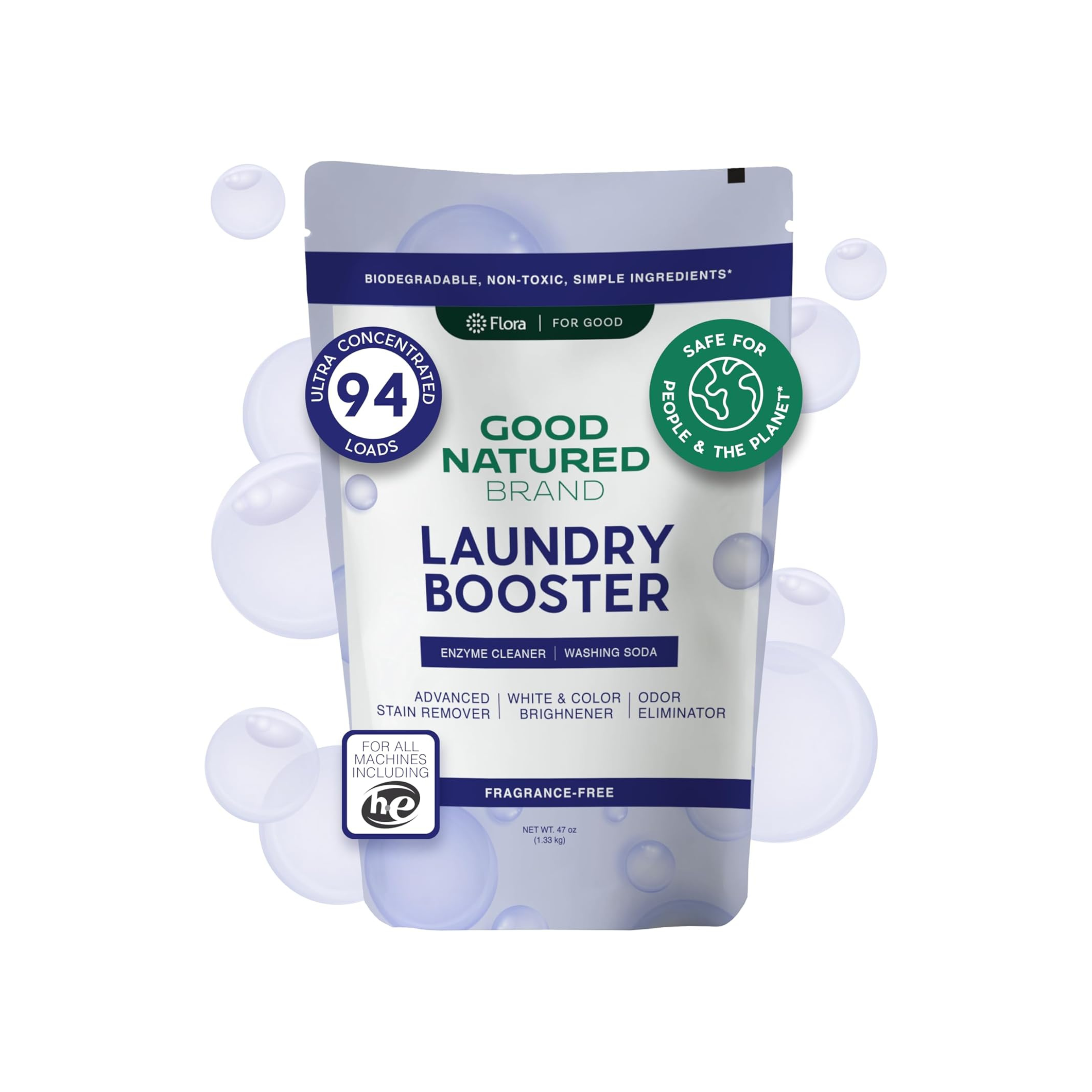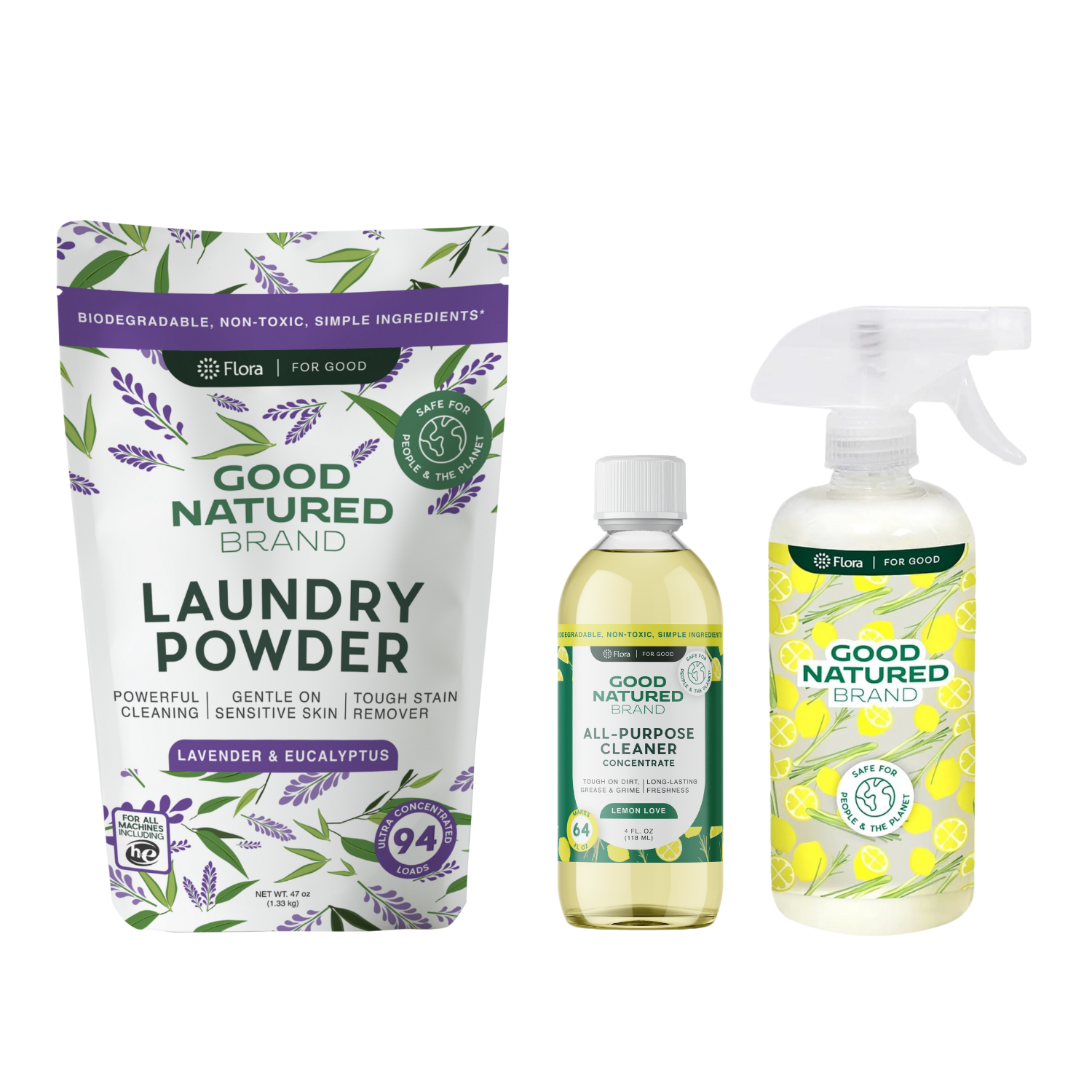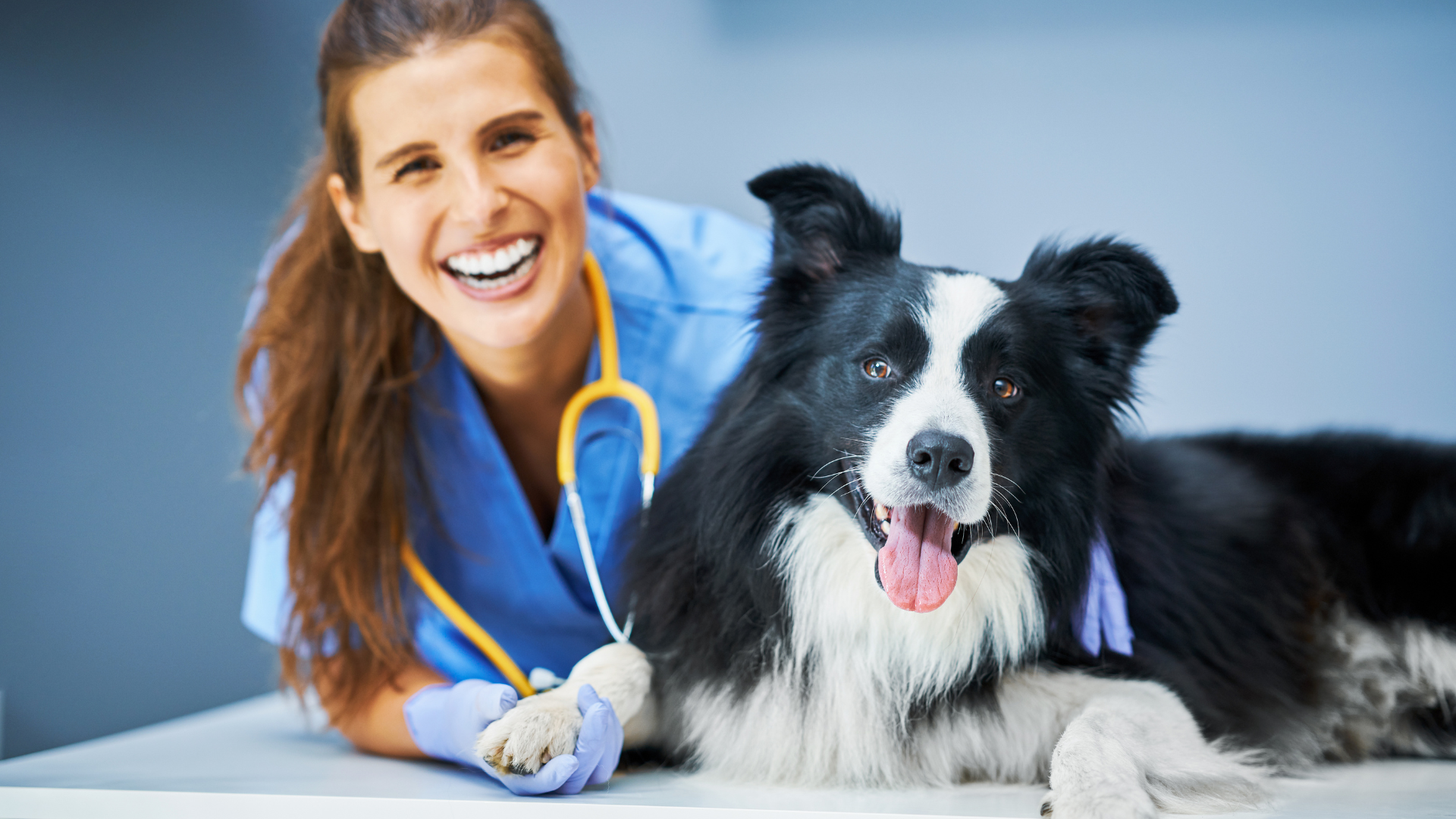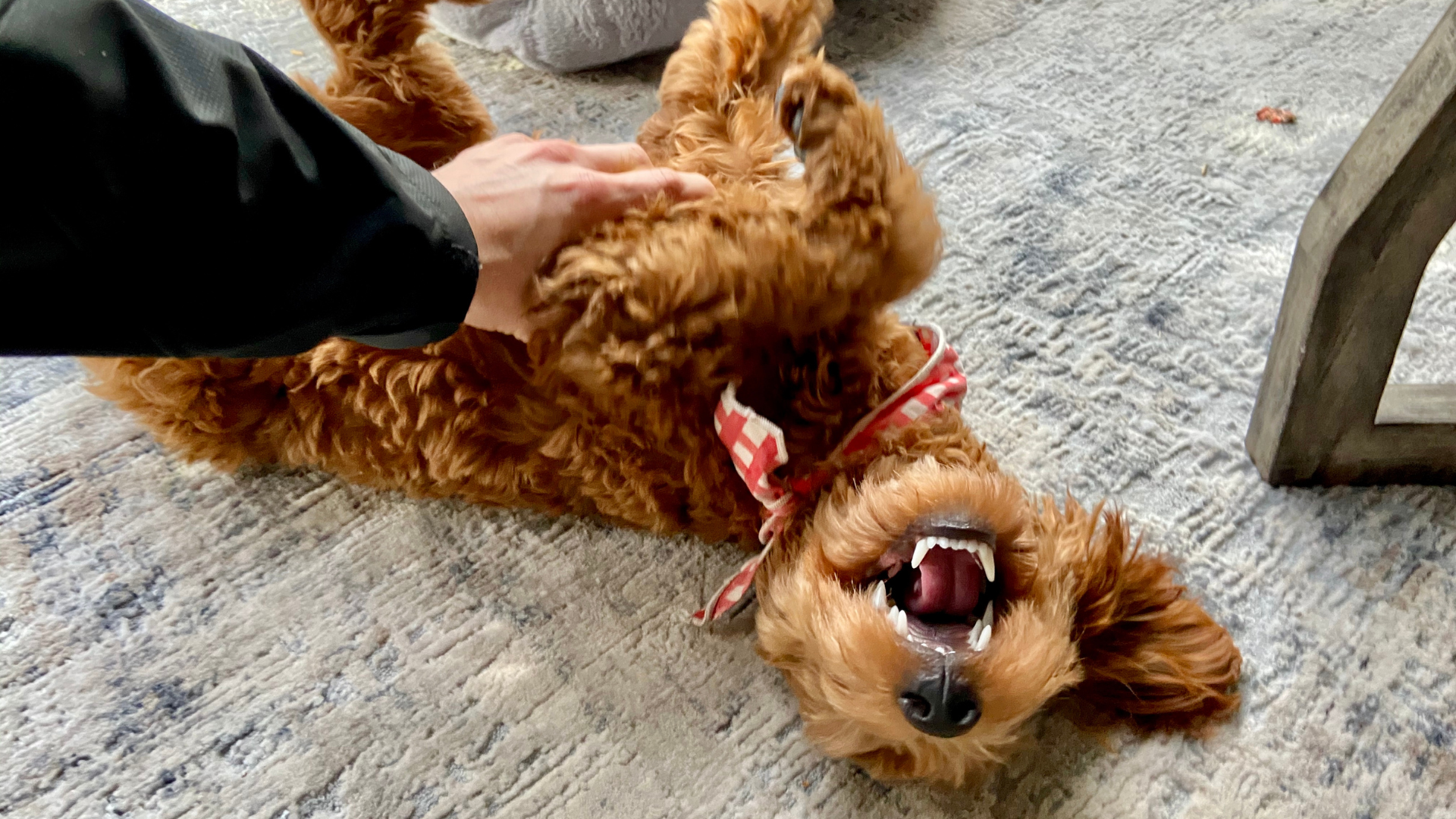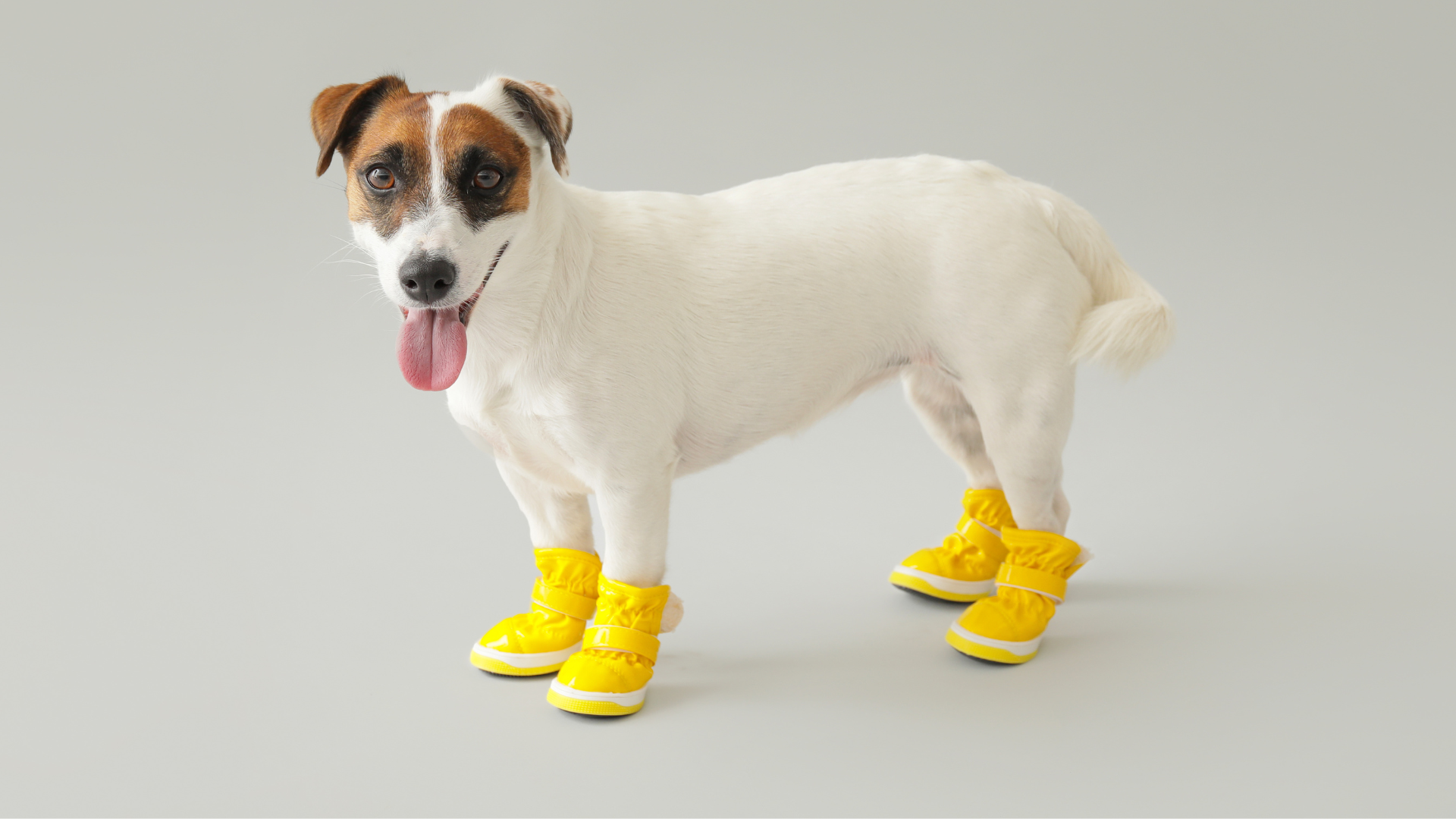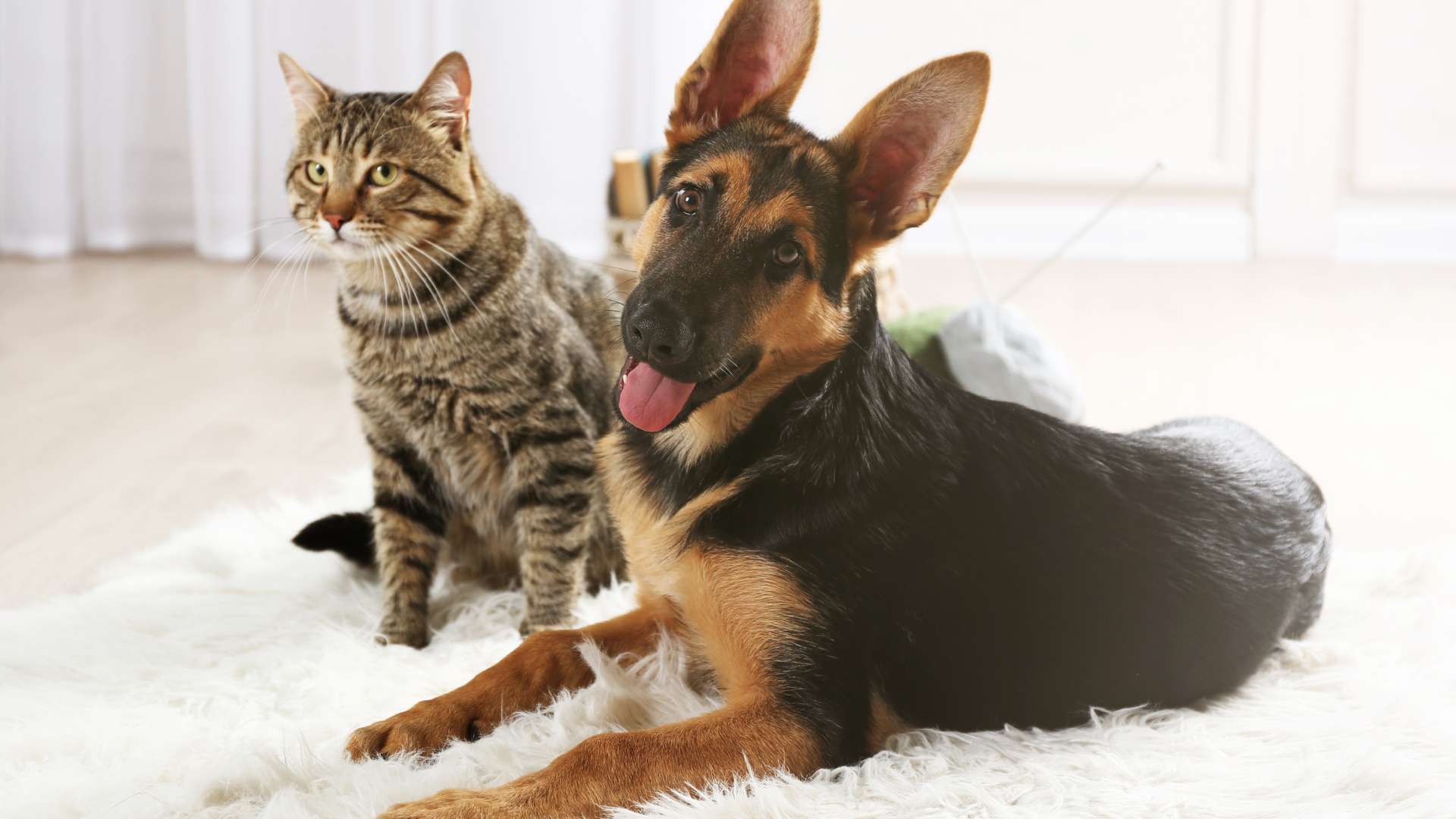If you’ve ever felt overwhelmed by an aggressive or reactive dog, you’re not alone. In the YouTube video “This German Shepherd May Be One of My Toughest Cases Yet” on the Cesar Millan channel, Cesar works with Ovetkin, a territorial German Shepherd whose behavior left an entire family living in fear. Below, we repurpose the key lessons from the episode into a practical, compassionate guide you can use at home—covering the psychology of territorial aggression, leadership and energy, safety-first training strategies, and the owner mindset shifts that make change stick. Along the way, we’ll share simple ways to keep your home calm, clean, and less triggering for stressed dogs (think pet-safe Carpet Deodorizers, Laundry Powders, and All-Purpose Cleaners).
The Stakes When Aggression Lives at Home
Ovetkin’s family faced constant barking, explosive outbursts, and a terrifying bite incident that required stitches. This is the reality many families quietly manage: fear, stress, and the emotional toll of never knowing when the next trigger will appear. The case underscores an important truth—aggressive behavior is a safety issue first. Meaningful rehabilitation must start with structure, boundaries, and a plan that protects people and dogs.
Why Territorial Aggression Happens
Territorial aggression often looks like gate, door, or yard guarding—places the dog perceives as “their” space. In Ovetkin’s case, isolation had intensified his hostility, and visitor approaches lit the fuse. Key drivers include:
-
Space ownership: The dog sees the area as theirs to control.
-
Unclear leadership: Nervous, inconsistent human energy leaves a power vacuum the dog tries to fill.
-
Rehearsed success: Each time barking and lunging “pushes” someone away, the dog learns the strategy works.
A calmer home environment also helps reduce baseline arousal. Routine cleaning that neutralizes lingering odors and food residues can reduce trigger stacking. Keep high-traffic zones fresh with All-Purpose Cleaners and living areas odor-neutral with Carpet Deodorizers. Wash dog bedding and training gear regularly using gentle Laundry Powders to reset scent signals between sessions.
Leadership and Energy Start With You
Cesar’s core message is simple but hard to master: dogs mirror our state. Calm, assertive energy communicates safety and clarity; anxious, hesitant energy fuels insecurity and defense. With Ovetkin, coaching Trisha (his owner) to relax her body, breathe, and assert quiet confidence immediately changed his response.
Try this at home:
-
Reset before engagement: Shoulders down, slow exhale, neutral face.
-
Fewer words, clearer presence: Step, posture, and timing matter more than talk.
-
Reward the state you want: Mark calm moments with soft praise and space.
Safety-First Tools and Boundaries That Actually Help
The episode highlights practical tactics to create space and reduce risk while you teach new rules:
-
Scent boundary (vinegar): A simple scent aversive can mark “do not cross” zones at thresholds or fences while you teach an alternative behavior.
-
Neutral barrier (tennis racket shield): Not a weapon—just a spatial tool to block forward motion and stay safe during early sessions.
-
Muzzle as a safety belt: A well-fitted muzzle enables controlled practice and protects everyone while trust is rebuilt.
Keep training areas clean and friction-free so your dog focuses on you, not crumbs or smells. A wiped-down floor with All-Purpose Cleaners helps minimize scavenging and scent distraction, while a quick pass with Carpet Deodorizers reduces lingering odors that can elevate arousal.
The Power of Changing Context
Ovetkin’s behavior looked very different once he left his home turf. Removing a dog from its territory can lower the urge to guard and make learning easier. In a neutral setting—or a pro’s ranch—dogs can start fresh without old triggers baked into the environment. This is why first successes often appear away from the front door or yard where problem behavior was rehearsed.
Pack Dynamics and Space Respect
Introducing Ovetkin to a stable, balanced pack helped reestablish social hierarchy without conflict. Pack “pressure” (calmly occupying space) invited submission, not a fight. At the same time, crew members practiced respect for personal bubbles—no rushing, crowding, or hyping him up.
At home, apply the same principles:
-
Claim your circle: Stand tall, shoulders square. If your dog crowds or cuts you off, calmly step forward to reclaim space.
-
Invite, don’t chase: You control access to you, rooms, and resources; your dog learns patience earns proximity.
-
Reward neutrality: Mark and release when your dog chooses calm over confrontation.
Coaching the Human Is Half the Training
Trisha initially struggled with nerves when the muzzle came off. Instead of pushing past fear, Cesar paused the dog work and invested in building Trisha’s confidence—even sending her to boxing to embody strength and boundary setting. That somatic shift showed up in her handling: fewer words, steadier posture, decisive movement. Ovetkin read the change instantly.
Owner mindset upgrades:
-
Calm before correct: If you can’t breathe calmly, reset; don’t rehearse tension.
-
Micro-wins over heroics: Ten repetitions of smooth, boring success beat one dramatic breakthrough.
-
Consistency > intensity: Short, daily sessions outpace occasional marathons.
A Framework You Can Follow
Use this simple sequence to structure your own rehabilitation plan:
Assess and make safe
-
Fit a muzzle where appropriate; manage doors, fences, windows.
-
Clean and reset training spaces: remove food bowls and clutter, wipe surfaces with All-Purpose Cleaners, freshen rugs with Carpet Deodorizers, launder bedding with Laundry Powders.
Lower arousal
-
Start away from hot zones (front door, yard edges).
-
Slow walking patterns, long exhalations, and neutral handling.
Claim space and set boundaries
-
Use calm body blocks at thresholds; reward backing off.
-
Add a mild scent line if needed to mark limits while you teach.
Introduce structured socialization
-
Neutral humans and calm dogs at safe distances.
-
Enforce personal bubbles; reward sniff-and-disengage choices.
Generalize back home
-
Rehearse calm entries, hallway passes, and couch boundaries.
-
Muzzle stays on until you’ve logged consistent, uneventful reps.
Maintain the gains
-
Daily micro-sessions; same rules for all family members.
-
Keep the home calm and scent-managed to avoid re-triggering.
Signs You’re Ready To Remove Safety Gear
-
Multiple sessions with no lunges, no fixations, quick recovery from mild triggers.
-
Owner can maintain calm body language and timely space claims.
-
Dog disengages on their own and chooses neutrality around visitors.
If any of the above regress, go back a step. Progress is a staircase, not a straight line.
What Success Looks Like
By the end of the episode, Ovetkin could remain calm around Cesar’s pack, respect human space, and re-enter the home without explosive reactions. The family witnessed a dog they could finally trust—because Trisha had become a leader Ovetkin could trust. That is the real win.
When To Call a Professional
If you’re dealing with bites, punctures, or escalating threats, partner with a qualified behavior professional who uses humane, safety-first protocols. Pros can stage neutral settings, manage careful dog-dog introductions, and coach your timing so you avoid rehearsing risky patterns.
Keep Your Environment Calm and Support Training
Small housekeeping habits reduce competing scents and help dogs settle:
-
Wipe food prep and eating areas with pet-friendly All-Purpose Cleaners to remove residue that can ignite guarding or scavenging.
-
Freshen high-traffic rugs and dog hangouts with Carpet Deodorizers to lower odor intensity that can keep arousal high.
-
Wash bedding, soft toys, and training towels with gentle Laundry Powders so “calm” smells like a genuine reset.
For more pet-friendly home care and training insights, explore our main page and dive into the latest tips on our blog.
Key Takeaways for Families Navigating Aggression
-
Leadership is a feeling first. Your calm, confident presence is the strongest tool you have.
-
Context matters. Dogs often learn faster away from hot-zone territories.
-
Safety enables learning. Muzzles, scent lines, and neutral barriers buy time to teach better choices.
-
Owner growth fuels dog growth. Building your physical and emotional steadiness changes the conversation with your dog.
-
Consistency cements change. Repetition of calm, uneventful wins turns new behavior into the default.
A Compassionate Closing Thought
Ovetkin’s story isn’t just about “fixing” a dog—it’s about healing a relationship. With structure, patient practice, and the right kind of leadership, even serious cases can move from chaos to calm. Keep sessions short, wins frequent, and your home environment soothing and clean with supportive staples like Carpet Deodorizers, Laundry Powders, and All-Purpose Cleaners. When people feel safe, dogs can, too—and that’s where transformation begins.
